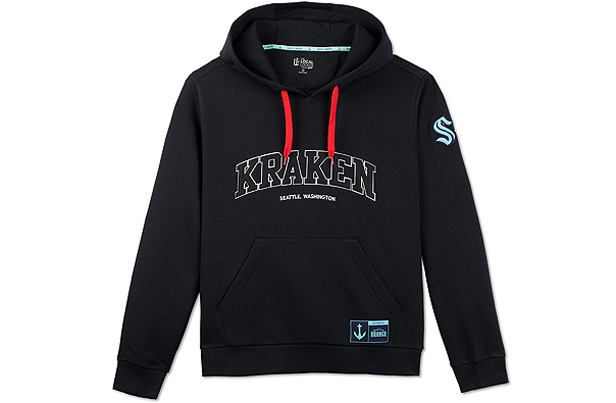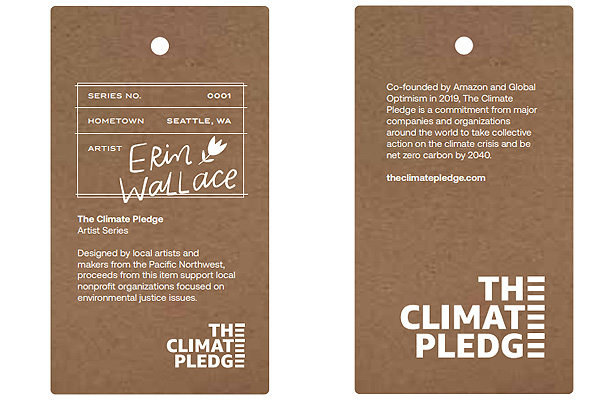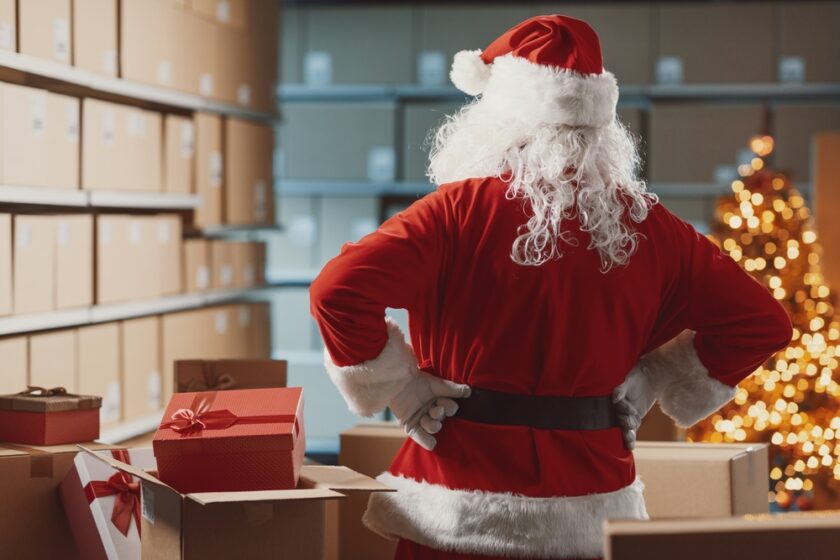Key Takeaways
• Counselor Top 40 distributor BDA (asi/137616) is on a growth trajectory, but has made sustainability a priority.
• The company discloses emissions via CDP and recently signed The Climate Pledge to reach net-zero carbon emissions by 2040.
• BDA has measured Scope 1, 2 and 3 emissions since 2022 and has been working on emissions reduction and abatement, including partnering with Arbor Day Foundation on tree planting.
Counselor Top 40 distributor BDA (asi/137616) has been on a growth trajectory, increasing revenue 4% between 2023 and 2024 by leaning into the sports market and increasing the company’s global footprint, among other strategies. But embedded in that growth has been a strong focus on sustainability.
The distributor has a Platinum medal from EcoVadis for its European operations and a Gold ranking for its North American operations, for example. BDA discloses its emissions via CDP, and at the end of July, it signed The Climate Pledge, committing to achieve net-zero carbon emissions by 2040. Caity Baumann, senior director of business development and head of sustainability at BDA, explains how the company approaches sustainability and why it decided to sign The Climate Pledge.
Q: How did BDA develop its sustainability strategy?
A: Our company has had a lot of rapid growth, and we’ve had a lot of change. That can be really complex when you’re defining your sustainability strategy. So, we said we need to really understand our impact first. We need to understand what we’re starting from. How does it make sense for us to measure it? Who are we going to partner with to make sure we’re doing this the right way? We’ve been measuring our Scope 1, 2 and 3 emissions since 2022 and looking at intensity metrics, our company growth strategy and how that’s impacting our footprint. We have our baseline now. We feel very, very comfortable with our baseline.

“Part of what I love about sustainability is that you have to come from a place of assuming positive intent and good faith. That’s what this work is really rooted in, and a rising tide lifts all boats. As things become more commonplace, we all get to benefit from that.”
Caity Baumann, BDA (asi/137616)
Q: This summer, BDA signed The Climate Pledge, committing to reaching net-zero carbon by 2040. Why did you take that step, and how will you get to net zero?
A: The Climate Pledge is something we’ve been aware of for a long time. We’re a partner to the Seattle Kraken. We run the retail in Climate Pledge Arena, and our CEO Jay Deutsch is a part owner of the Kraken.
When we’ve been working on our sustainability journey, it’s never been from a place of needing to go out and advertise everything we’re doing. The focus has been on getting it right and defining what it means for ourselves, but we got to a point where clients were asking about it.

The Climate Pledge aligned with the direction we were already going. It aligns with our values as an organization. So, we decided to pull the trigger. From a road map perspective, we’ve been measuring and reporting, but we’ve also been focusing on where we can make an impact. So, we’ve been engaging in partnerships for abatement within our Scope 3 and looking at philanthropic partnerships that we deeply value and are aligned organizationally with us. A couple of years ago we established our corporate partnership with Arbor Day Foundation for tree planting in communities where BDA has historically had a footprint.
Q: What are some things the promo industry should be doing to promote sustainability?
A: As an industry, we don’t have a shared common language. That’s not to say organizations aren’t doing it really well, but just industry-wide, we don’t have an established framework of what makes sense for suppliers and distributors.
We see that really come out in the wash when you’re working with clients because from an industry perspective, clients tend to have very established language. When they say X, it means something very specific. And because we’re serving so many different industries, it can be hard to have that established framework. If there were guidance of best practice for this industry and why that makes sense, it would help organizations align with one another a little bit better.

Some of the gaps right now are in supply chain transparency, raw materials used and where things are manufactured. We need to take advantage of cross-industry innovation. What are the leaders in consumer-packaged goods doing from a supply chain risks perspective? What are the leading retailers doing? How can we learn from that?
Q: Supply chain transparency is huge, but traditionally, distributors have been wary of connecting clients to suppliers for fears that they’ll be bypassed. How would you address those concerns?
A: I think it goes back to the value proposition for clients working with a distributor. We’re taking work off your plate. We’re that first line of defense. For suppliers, you’re not having to manage clients, which can be very demanding. We’re protecting you.
Part of what I love about sustainability is that you have to come from a place of assuming positive intent and good faith. That’s what this work is really rooted in, and a rising tide lifts all boats. As things become more commonplace, we all get to benefit from that. We all get to see the fruits of that labor. So, the more we can help one another, the more we can help clients understand those benefits, the more we can help suppliers find a path forward, the easier it’s going to get for all of us.



